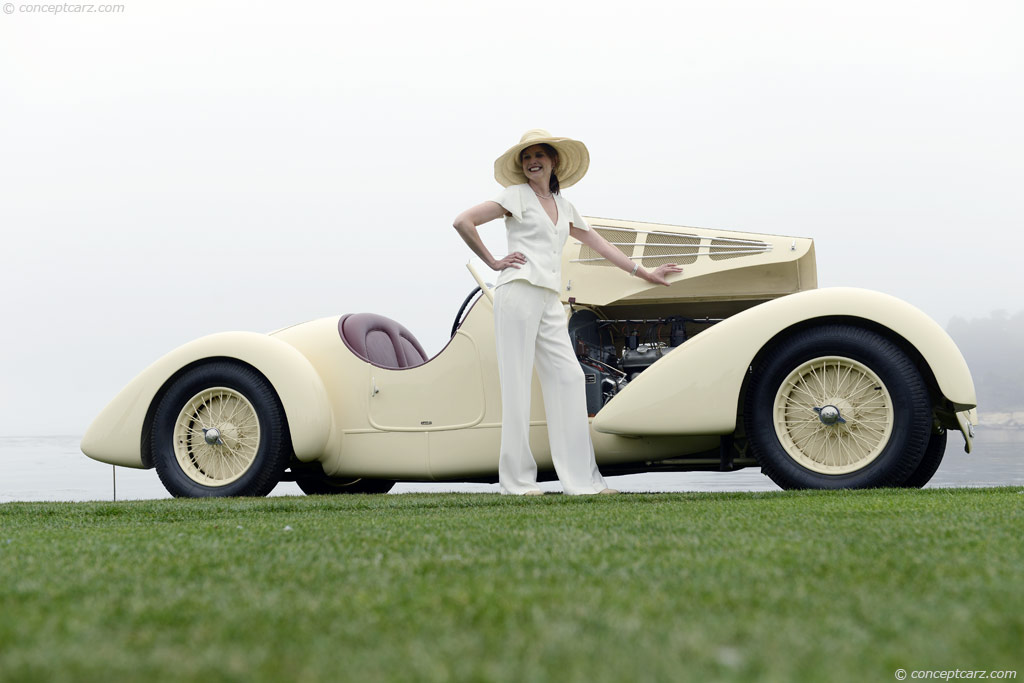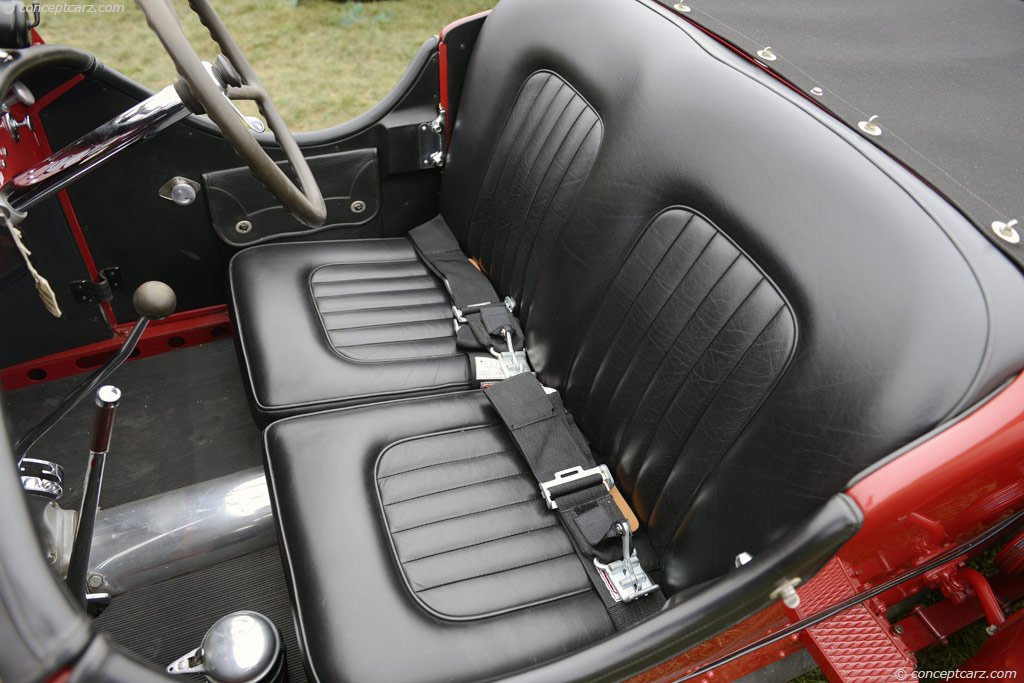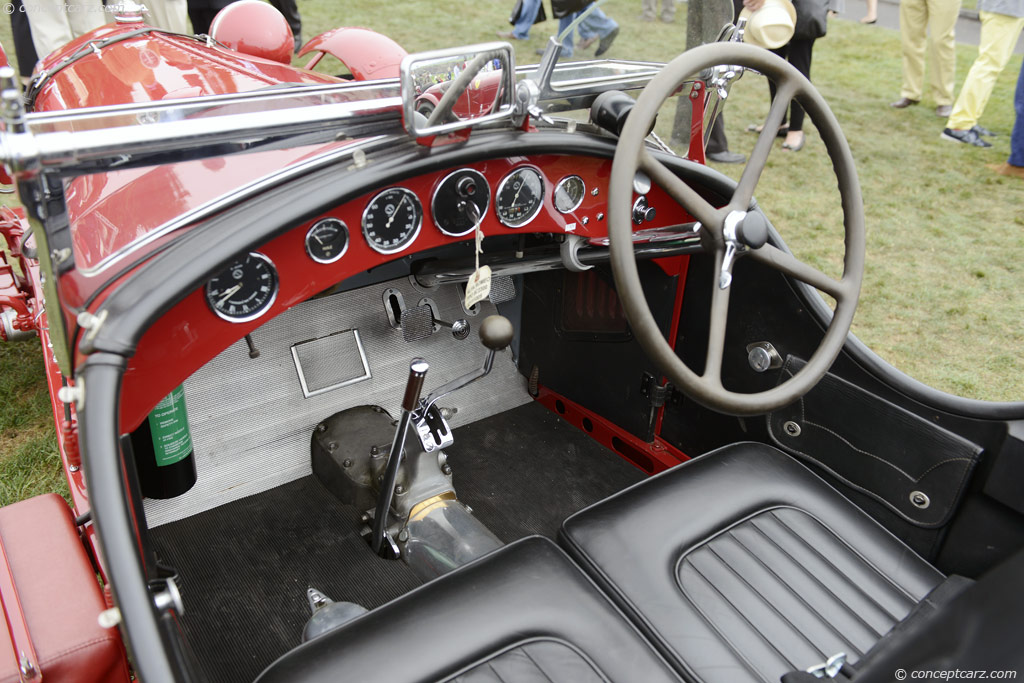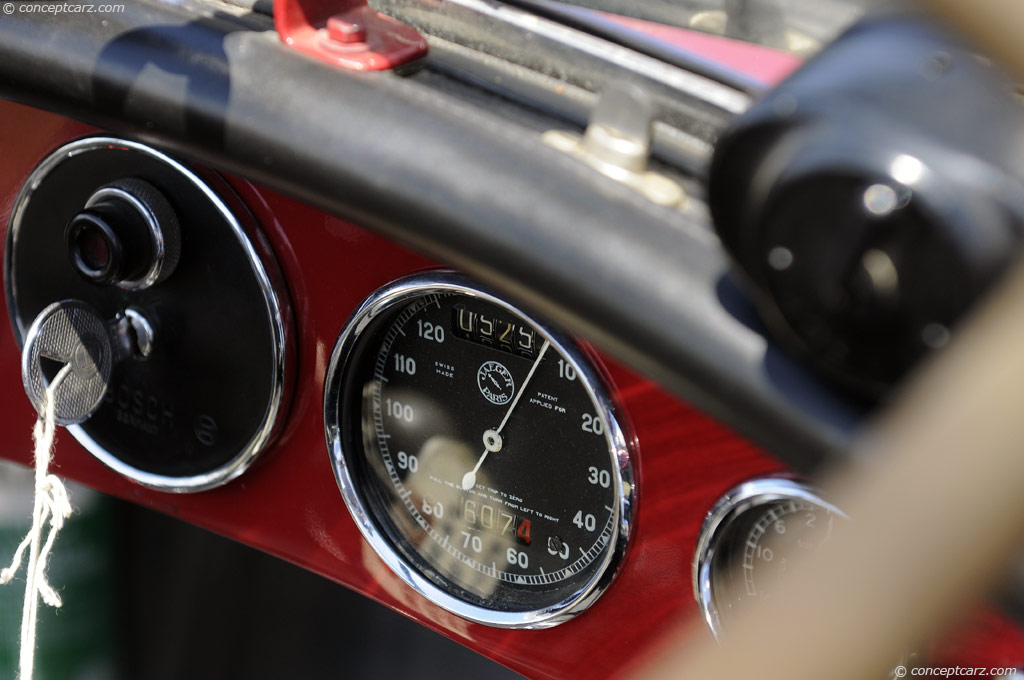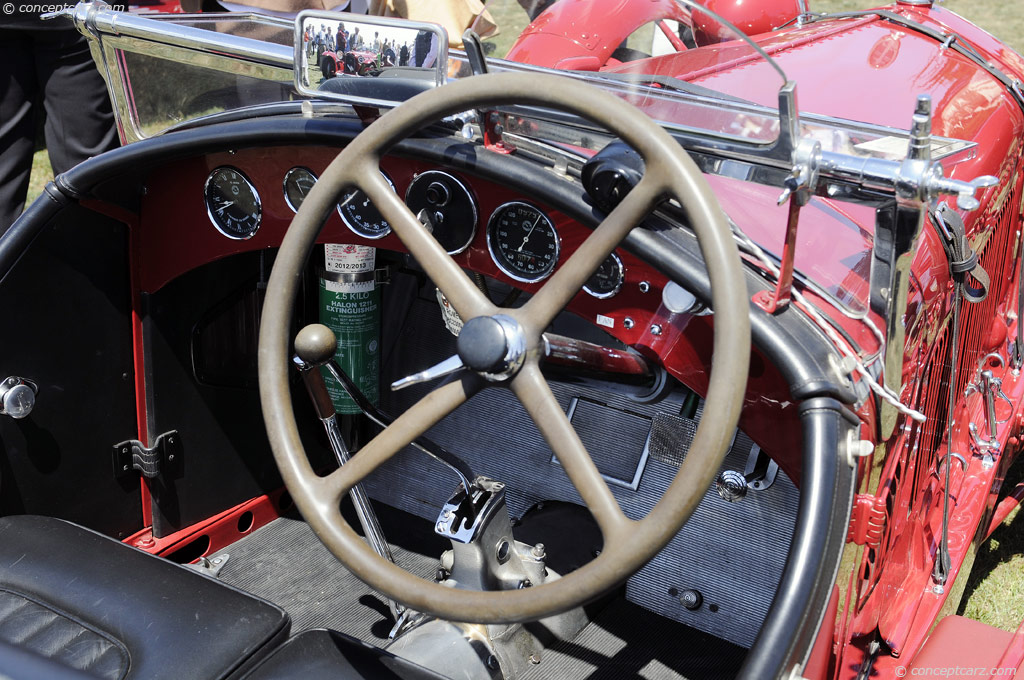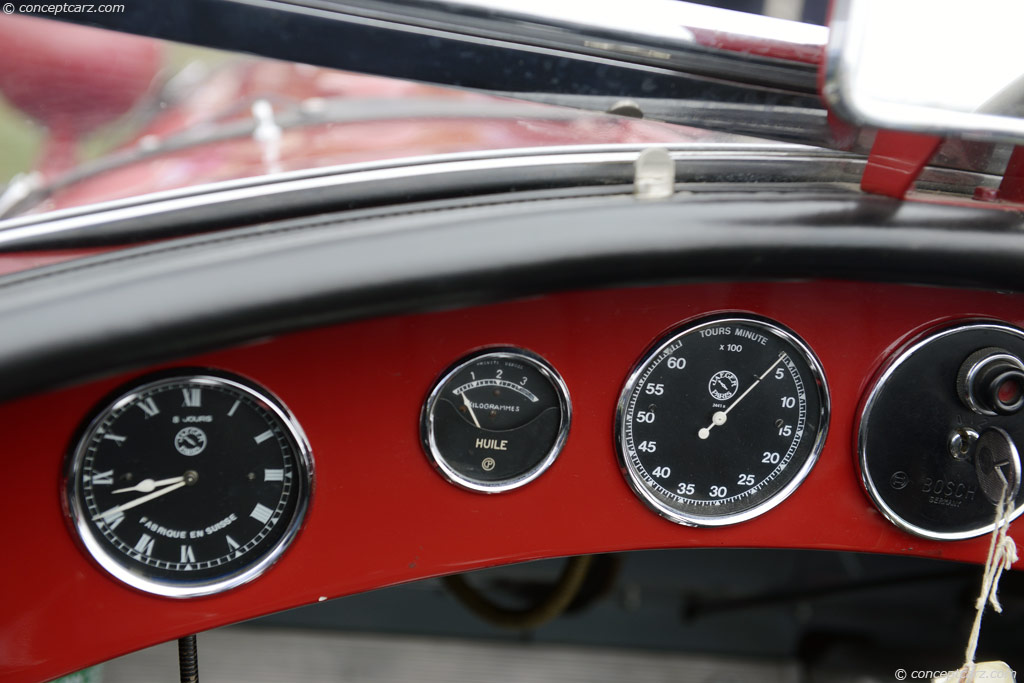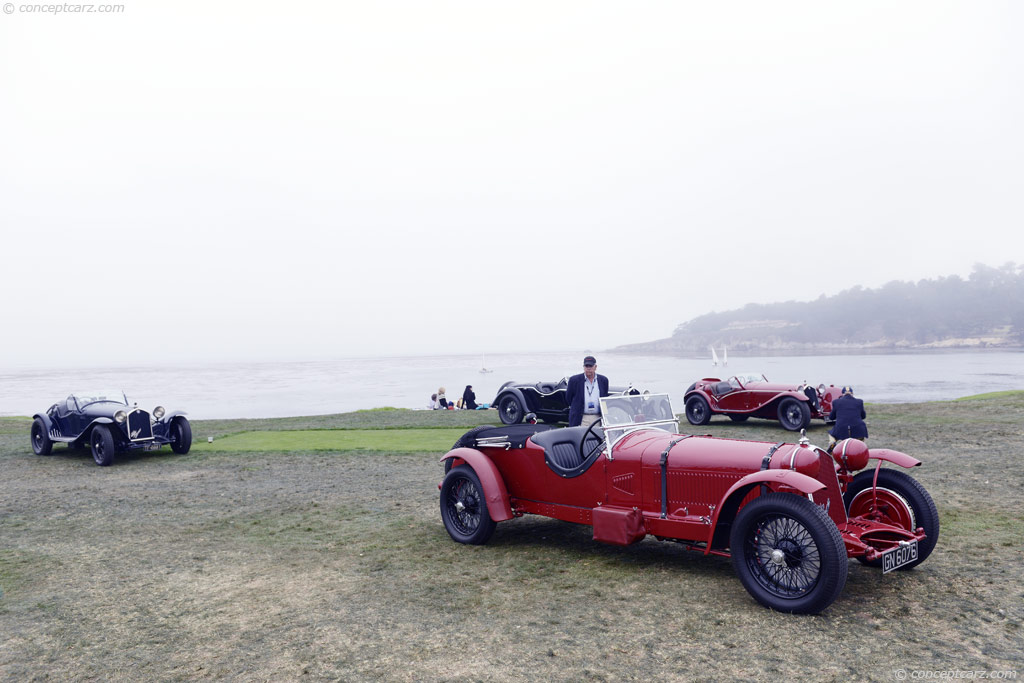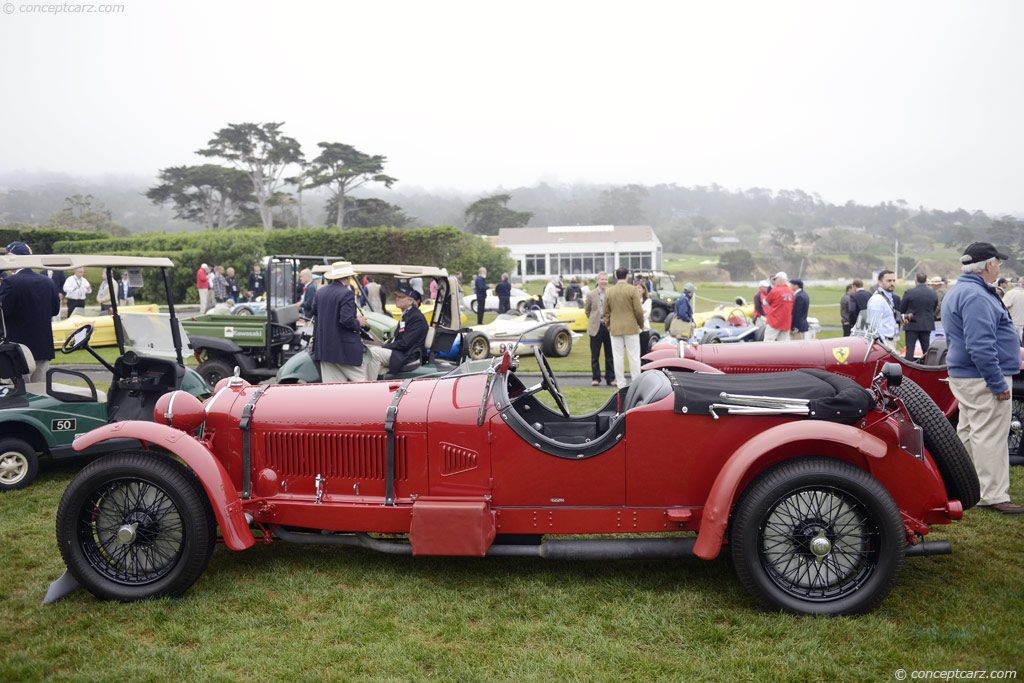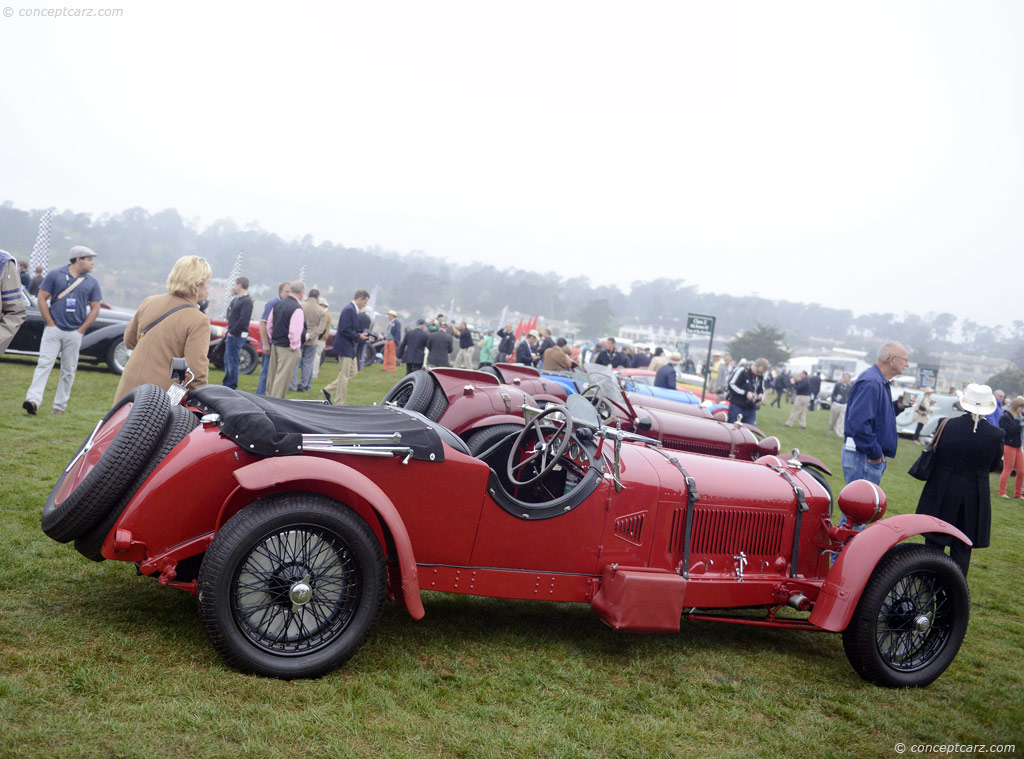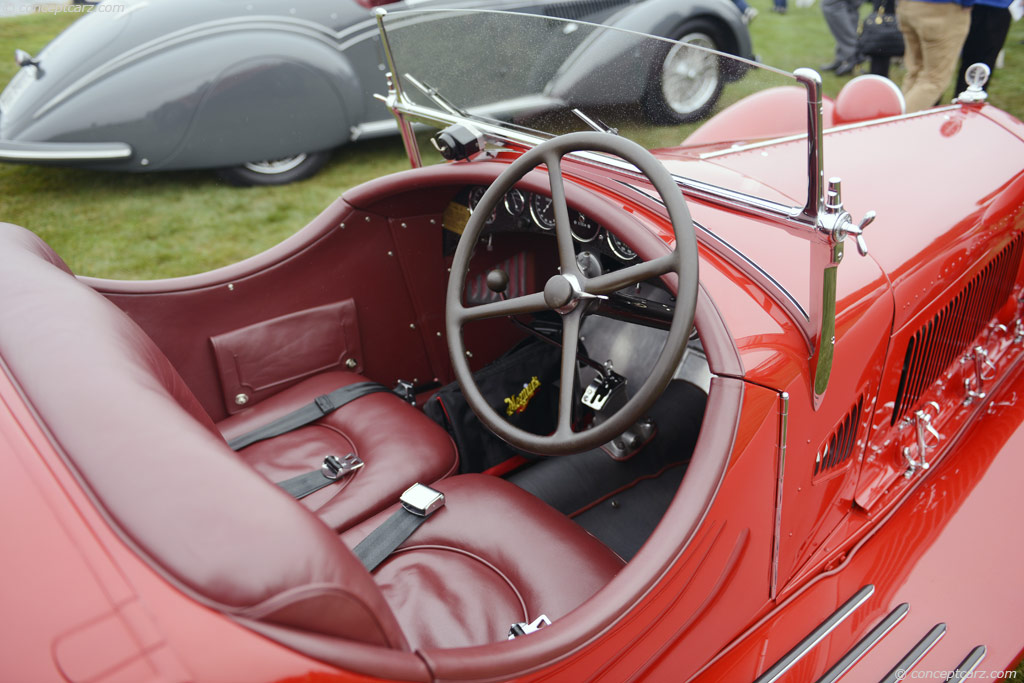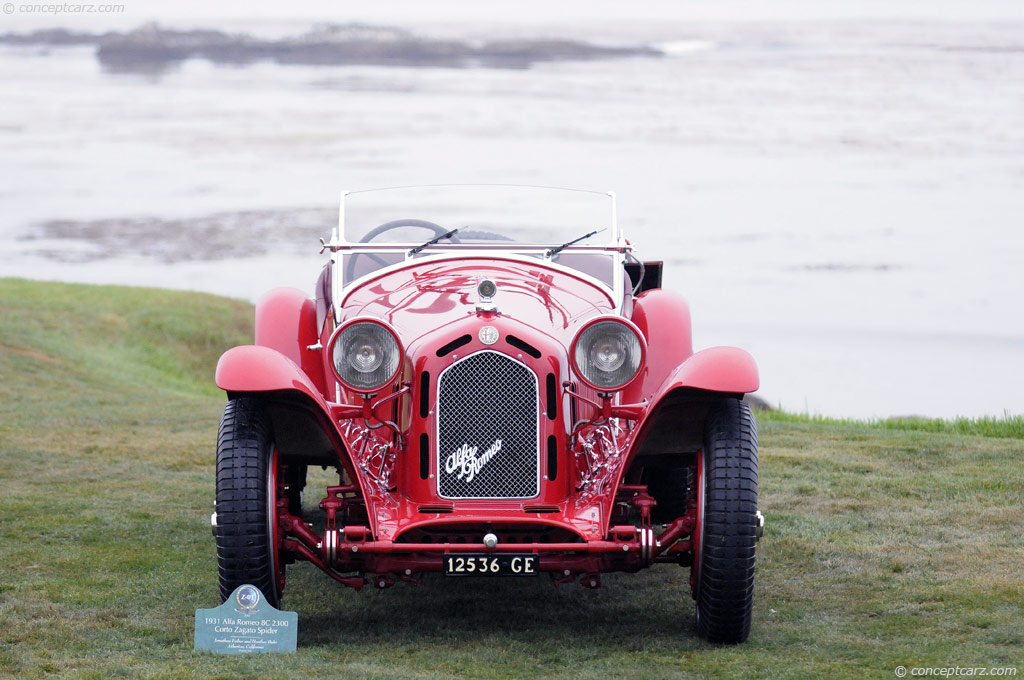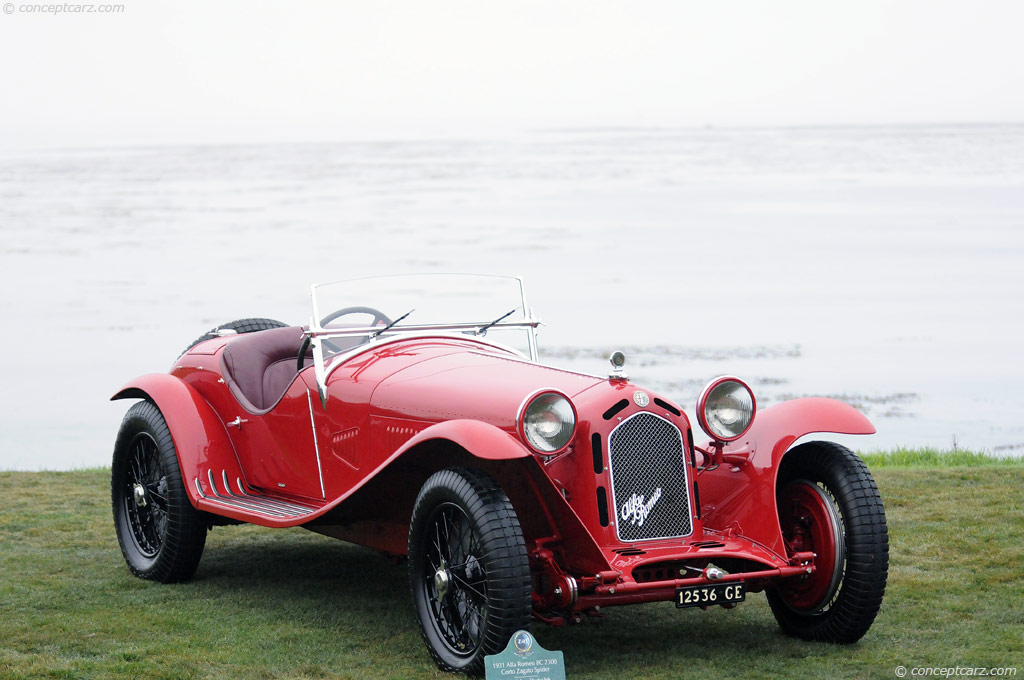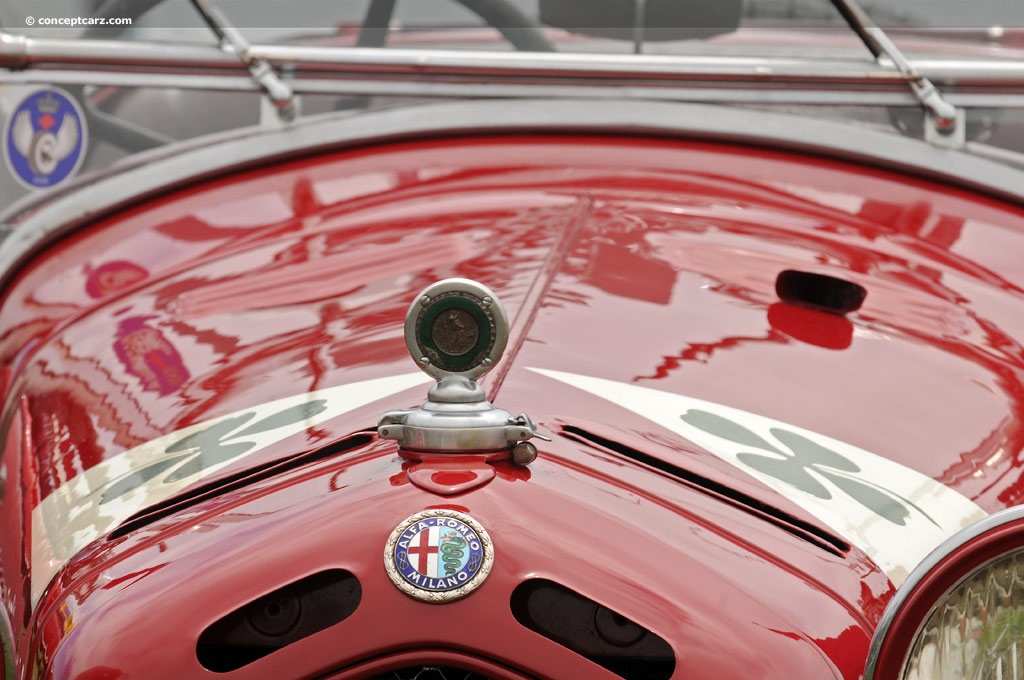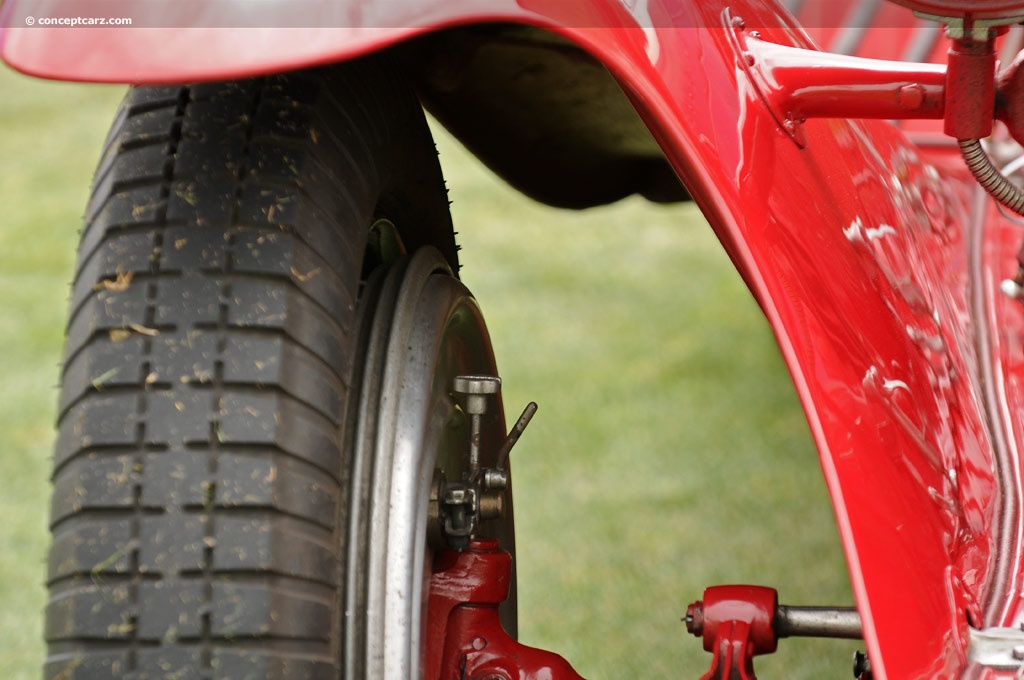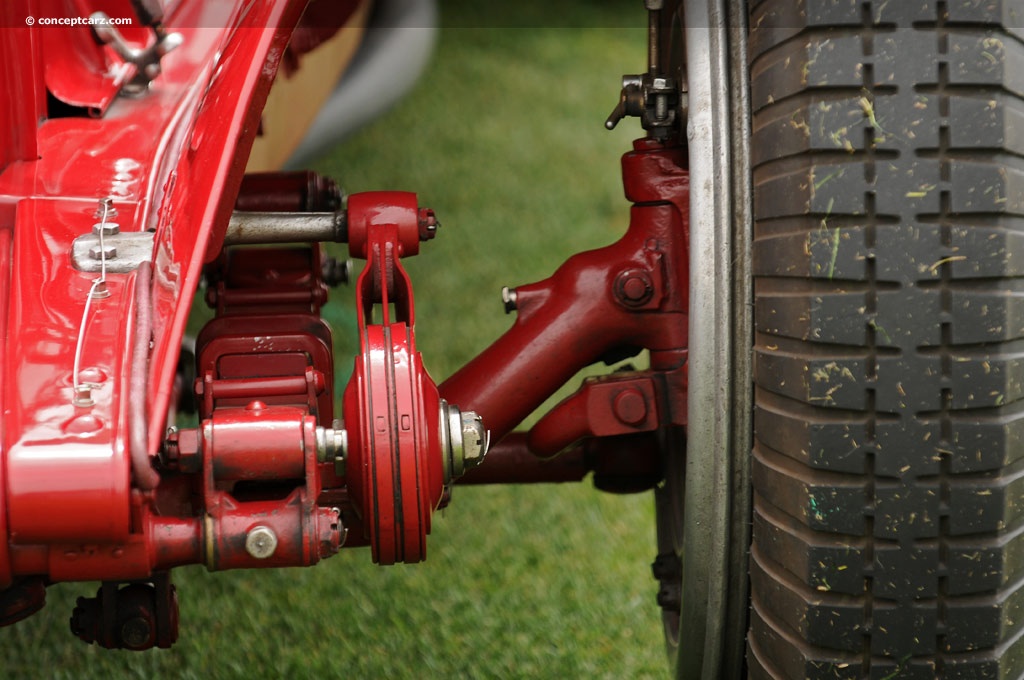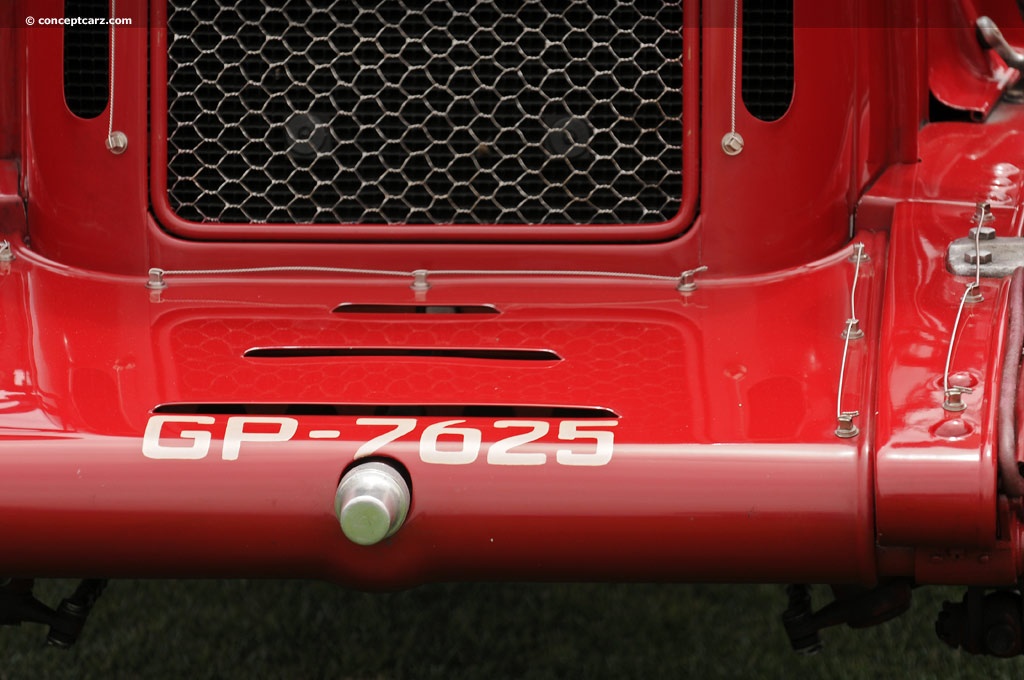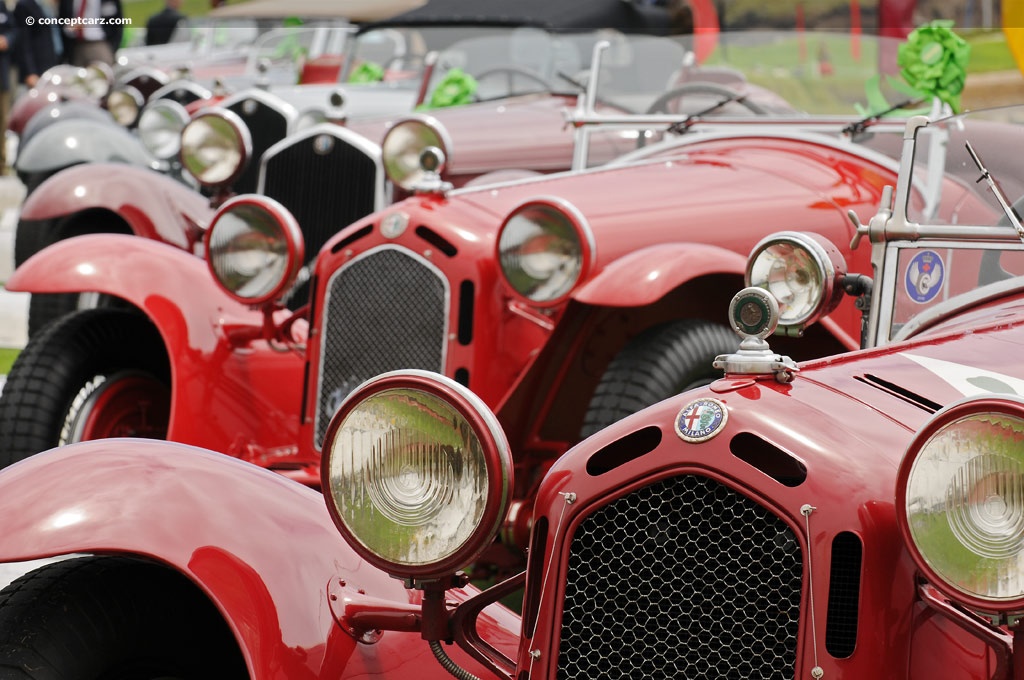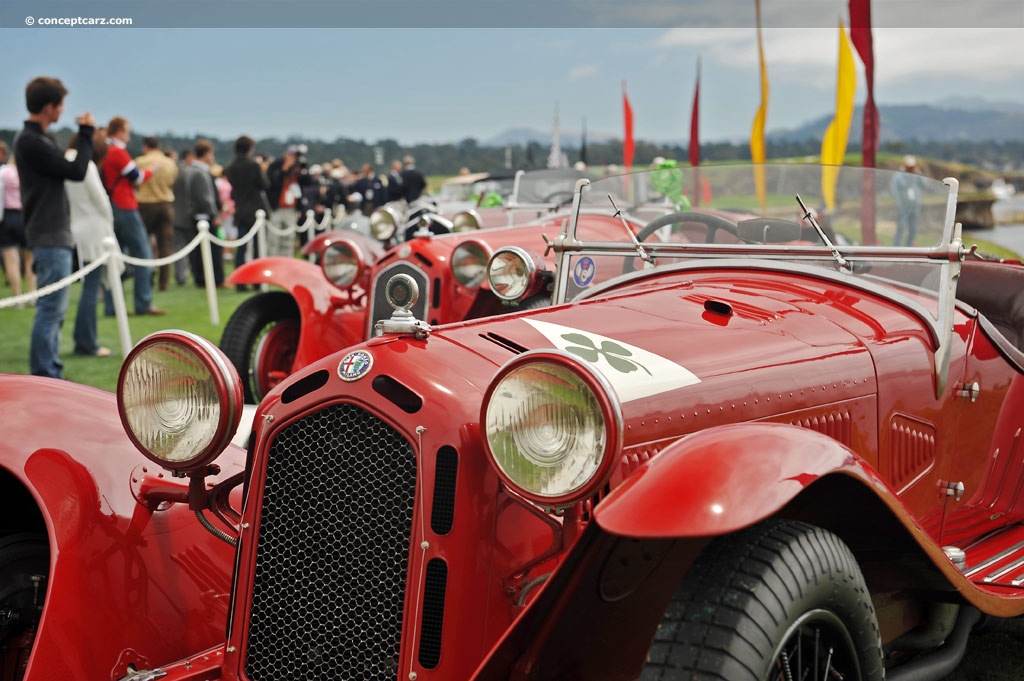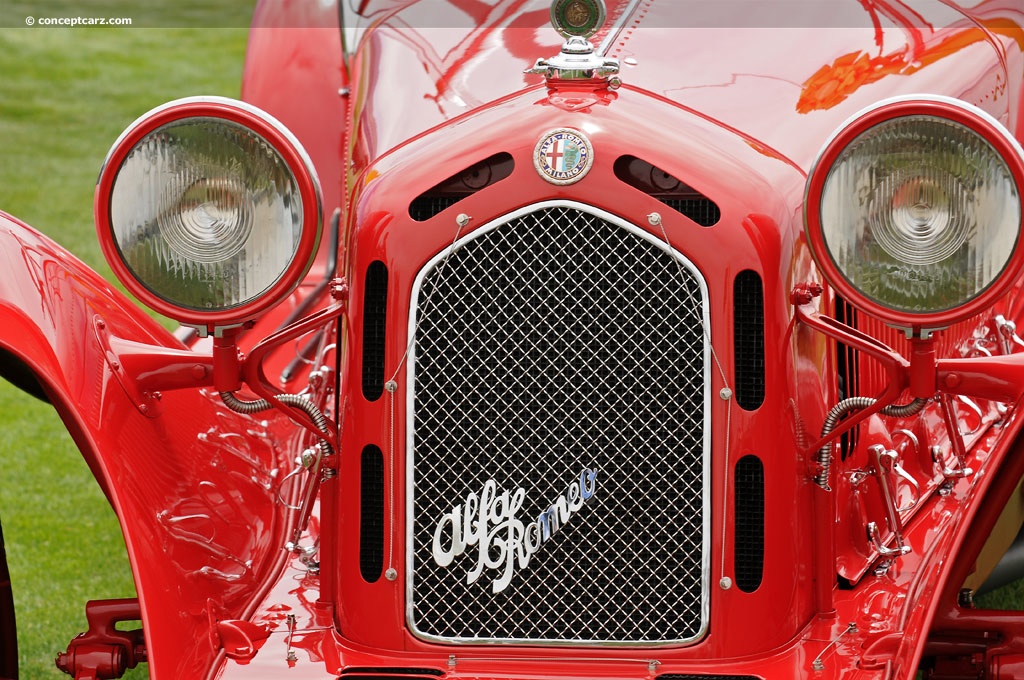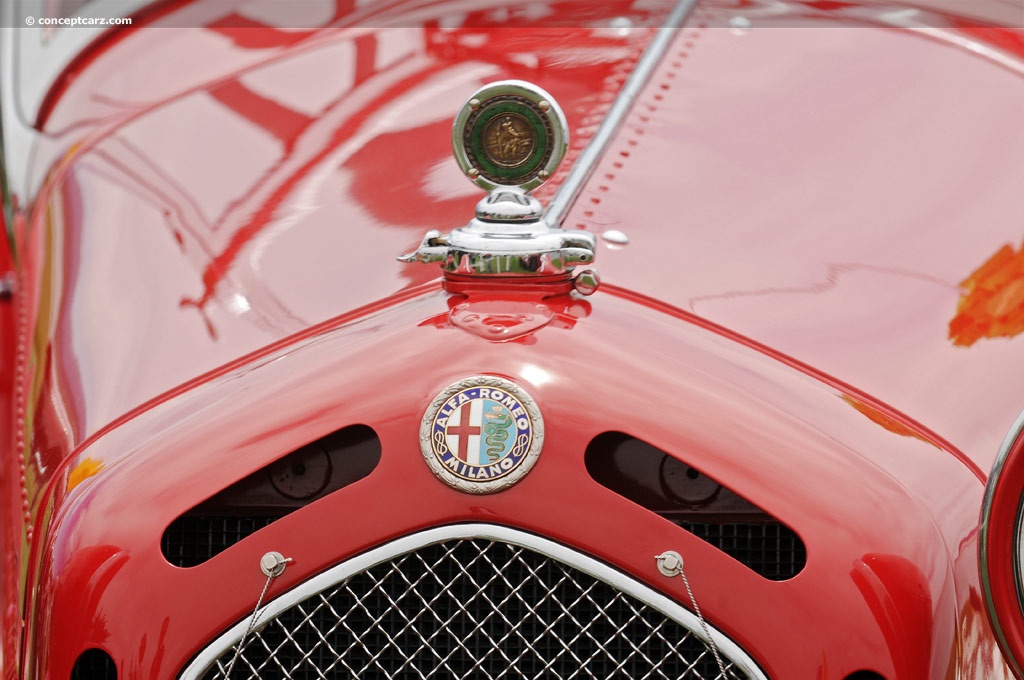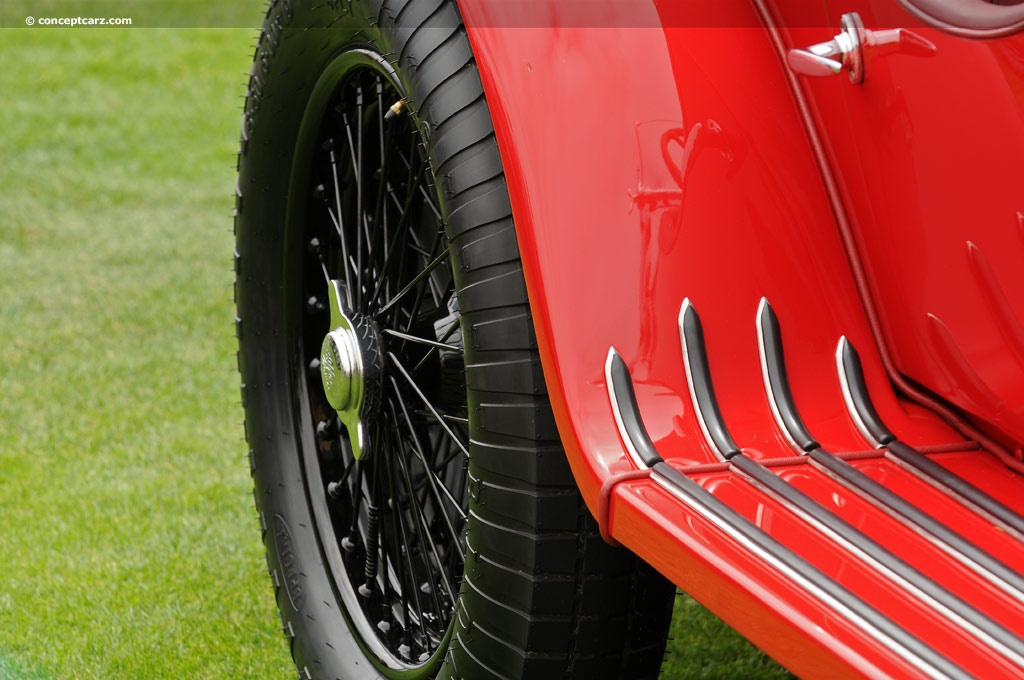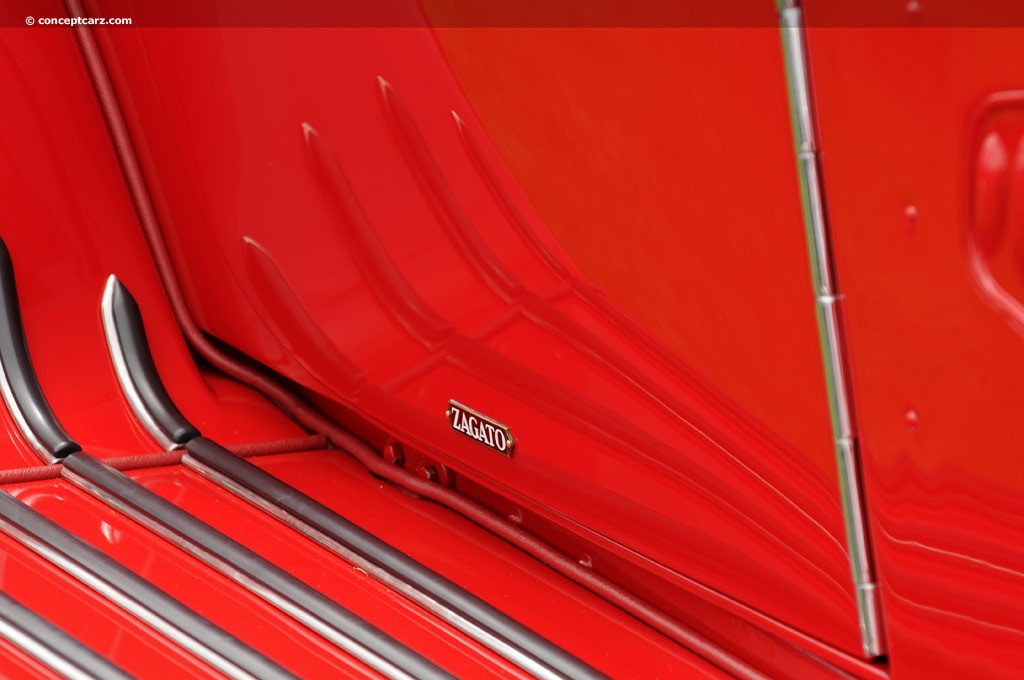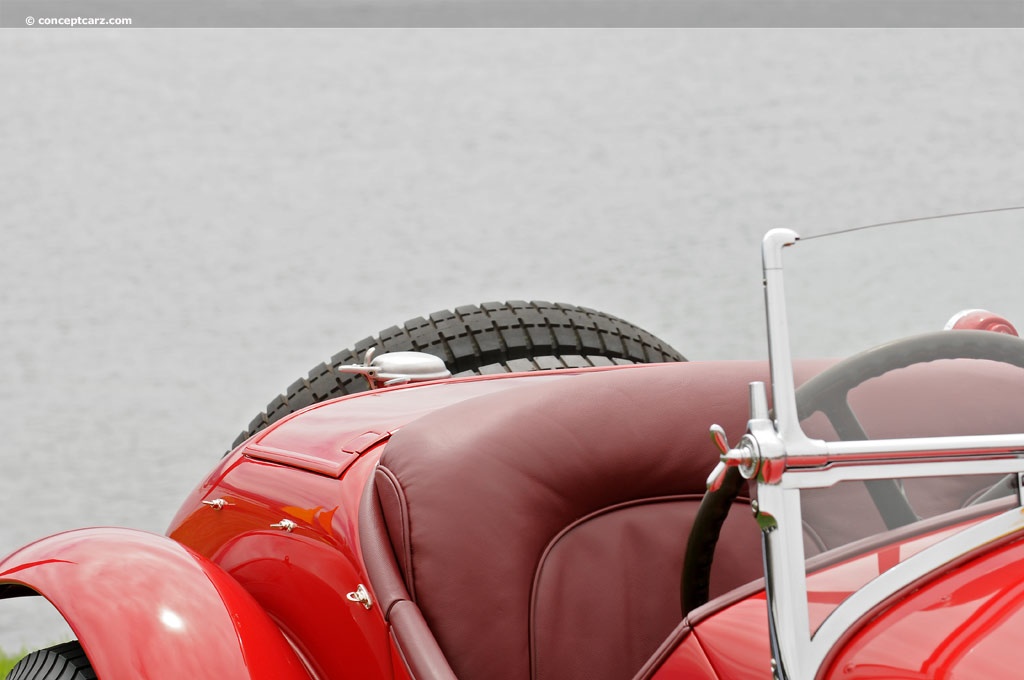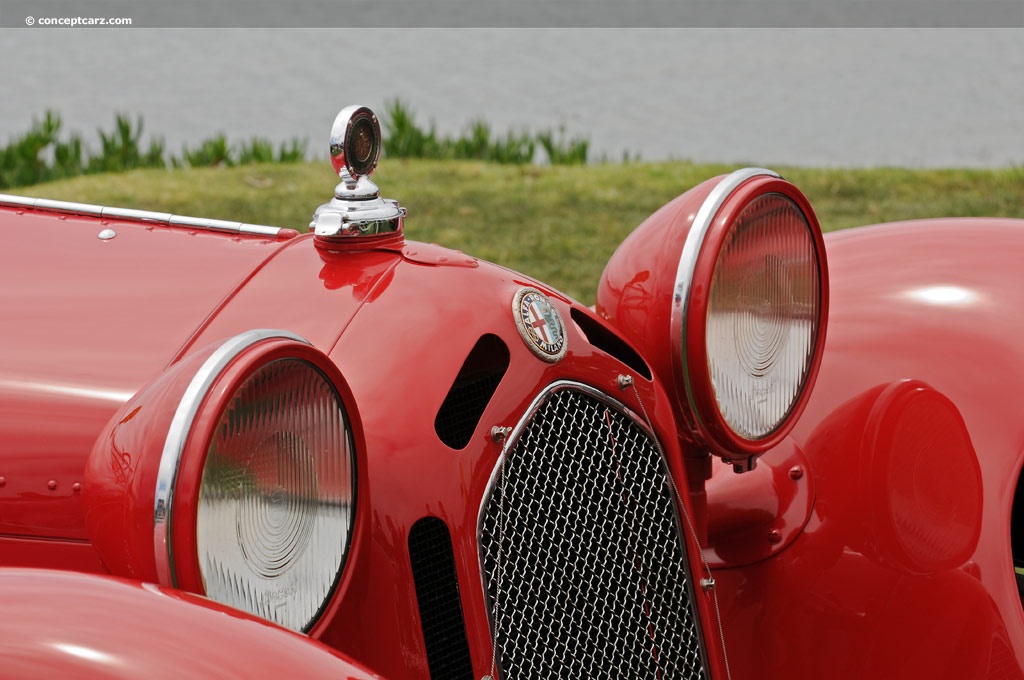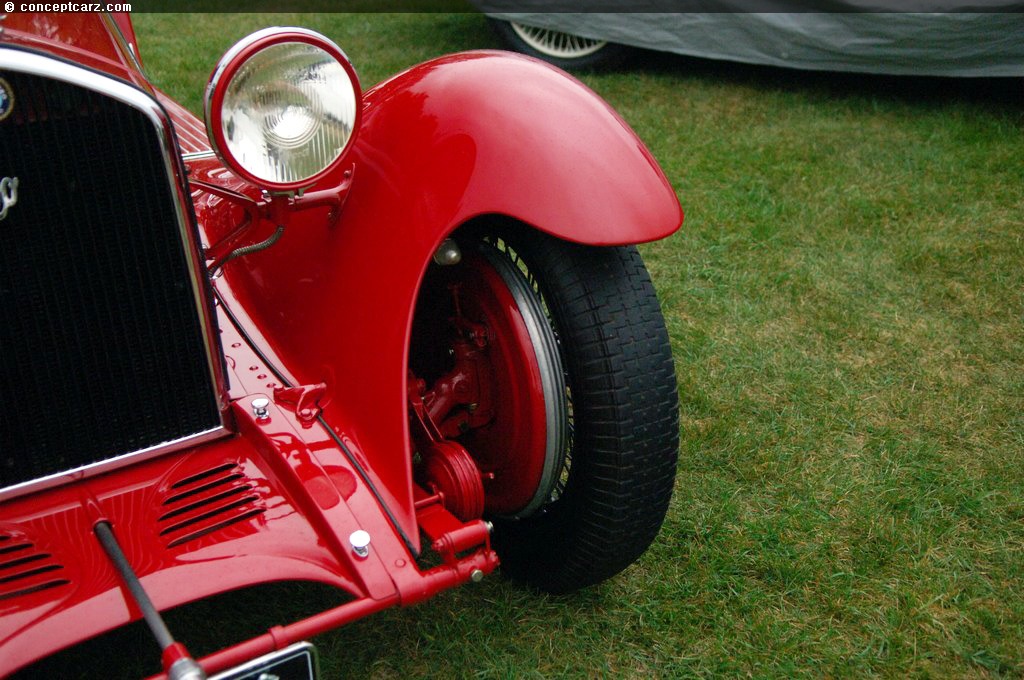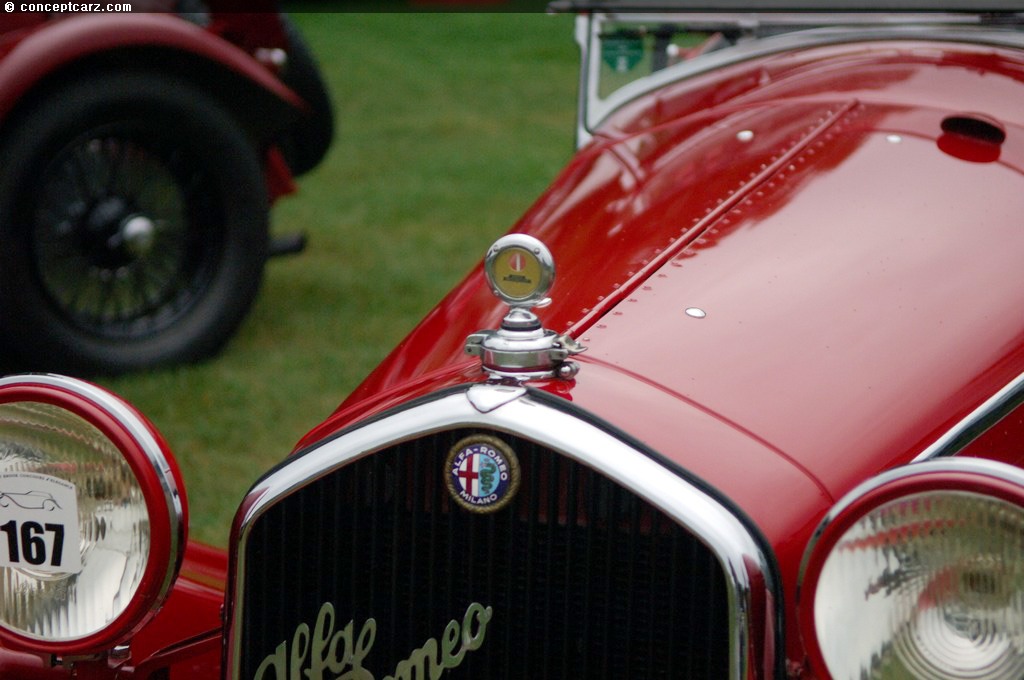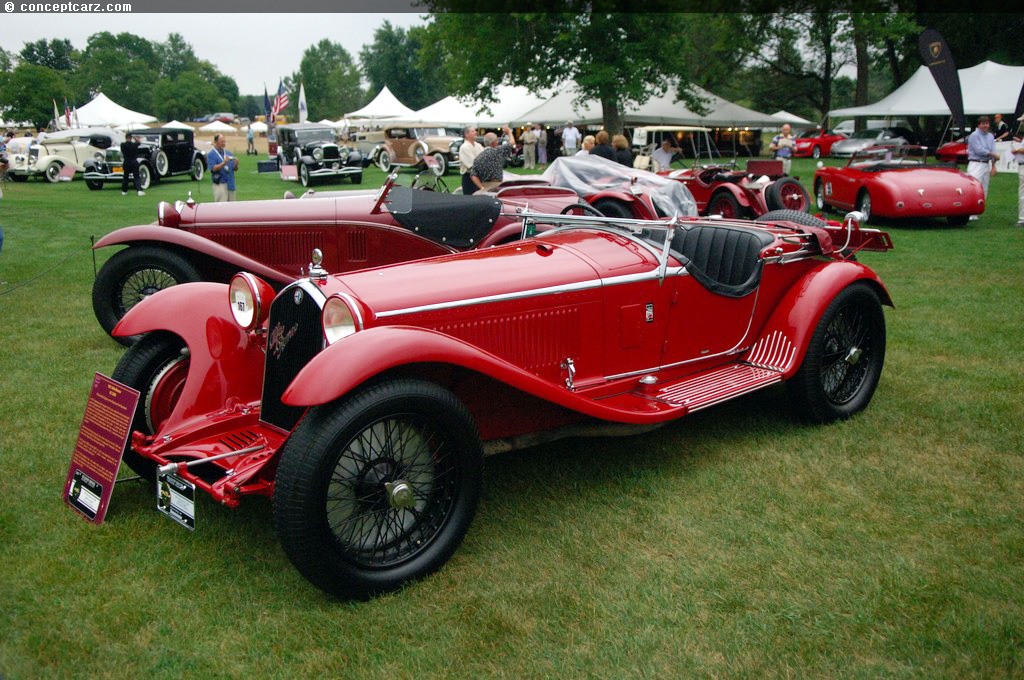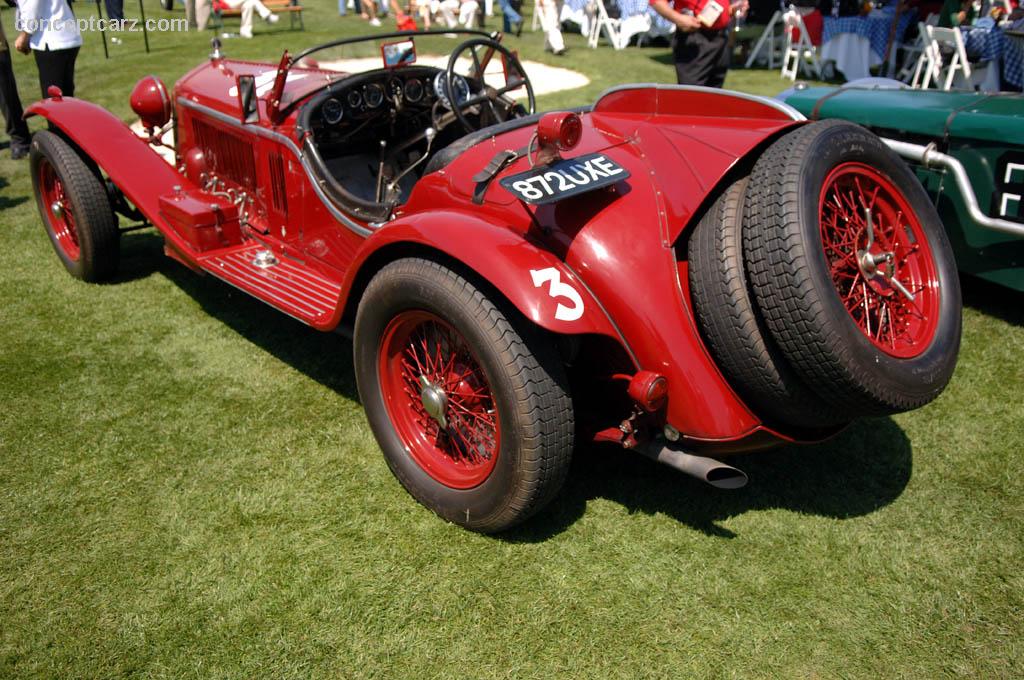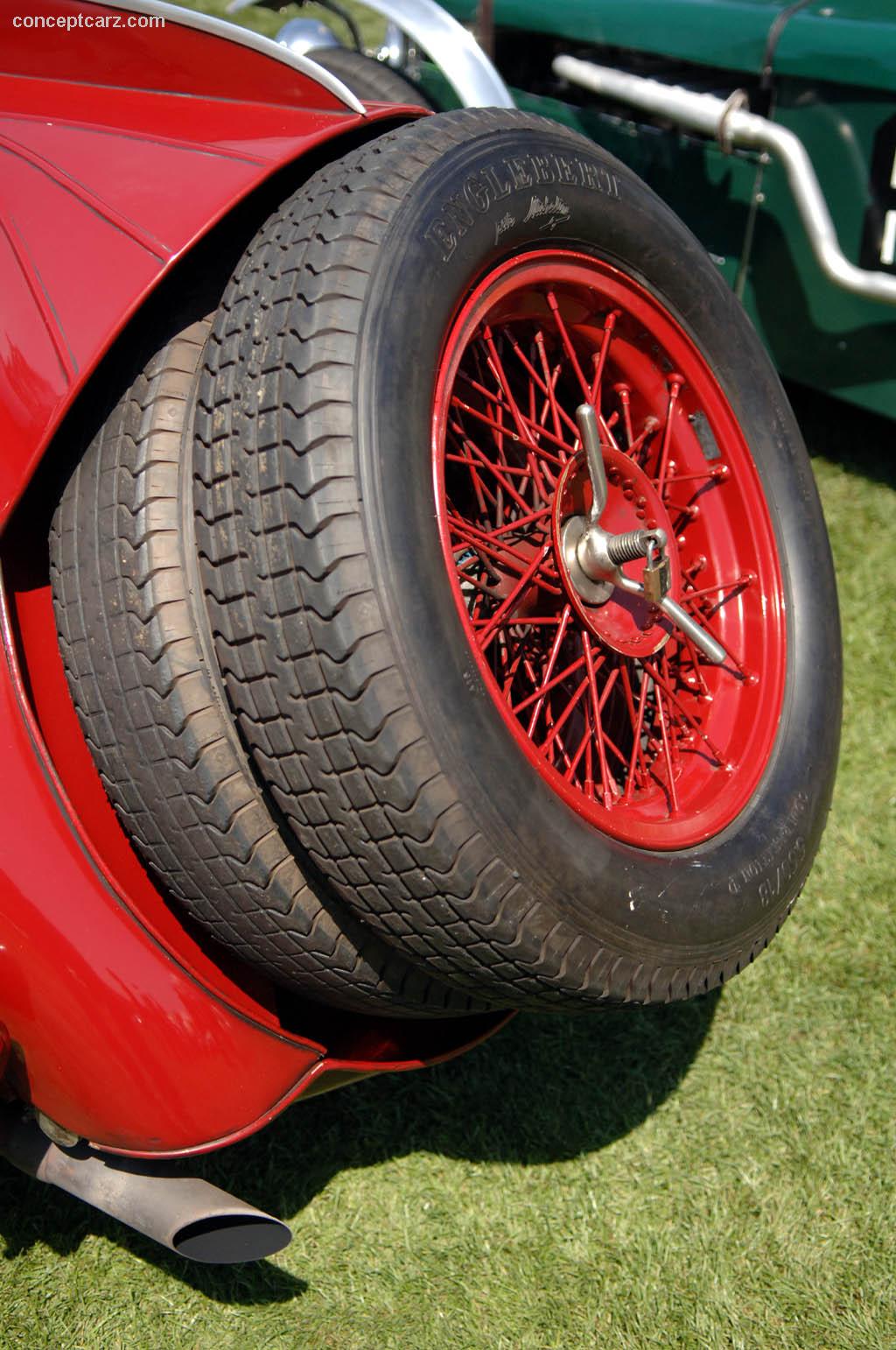The P2 was Alfa Romeo’s first straight-8-cylinder supercharged engine and was the creation of Alfa’s new designer Vittorio Jano who had been recruited from Fiat by Enzo Ferrari. Driven by Antonio Ascari and Gastone Brilli-Peri, it won the inaugural Automobile World Championship in 1925, taking victory in two of the four championship rounds – at the European Grand Prix at Spa (Ascari) and at the Italian Grand Prix at Monza (Brilli-Peri). The P2’s inaugural debut was in 1924 at the Circuit of Cremona in northern Italy where it was driven by Ascari.
Before the outbreak of World War II, Alfa Romeo would win more races than any other marque.
The Alfa Romeo 6C 1500
The Automobile World Championship embraced a 1.5-liter formula for the 1926 season, leading to the introduction of the Alfa Romeo 6C 1500. The road-going version was initially called the Alfa Romeo Normale and it was revealed at the Milan Motor Show in 1925. It was renamed the 6C 1500 the following year, but the first production models didn’t arrive until early 1927. The 6C 1500 succeeded the Giuseppe Merosi-designed RL and RM. Merosi’s L-head 6- and 4-cylinder cars – by this point in history – had become dated and required a replacement.
The Alfa Romeo 6C 1500 used a simple, lightweight ladder-frame chassis equipped with a 1,487cc straight-6 cylinder engine, which was based on the company’s P2 straight-8 racing engine. The iron cylinder block and head were each single-piece castings. The block is mated to a light alloy crankcase. Initially using a single camshaft design, Jano later added a twin-cam head, ‘designated ‘Sport.’ Three versions were offered, including the single-overhead camshaft Normale, the twin-overhead-camshaft Sport, and the supercharged Super Sport model.
The series eventually grew to 1900 CC, and power – with the help of a supercharger – rose to over 85 horsepower.
The Alfa Romeo 6C 1750
In 1929, Jano’s 6C increased displacement to 1752cc by increasing both bore and stroke from 62mm x 82mm to 65mm x 88mm. Again, it was offered in various guises with single-shaft and double-shaft, and with and without volumetric compression. The ‘Fixed Head’ was a special version where the cylinder head and crankcase were cast in a single block in order to eliminate the seals and the risk of them getting burnt.
The mechanical braking system used large drums actuated by a transmission system. The pressed steel frame was suspended by leaf springs mounted outside the body instead of beneath the side members, achieving a lower center of gravity. To foster optimal balance and improve axle balance, the fuel tank was positioned further back, on the rear wheels.
In keeping with the company’s traditional practices, all innovative solutions were applied to both racing cars and road cars.
The Alfa Romeo 8C 2300
Alfa Romeo’s first eight-cylinder road car, the 8C 2300, was introduced in 1931 as a successor to the 6C 1750. Built from 1931 to 1934, approximately 188 examples were built for road use.
The straight eight-cylinder engine used two identical four-cylinder blocks combined with a dry sump oiling system. The two-piece crankshaft rides on ten bearings and has camshaft and supercharger drives located mid-block. The 142 horsepower produced at 5,000 RPM was sent to the rear wheels via a four-speed gearbox, and the vehicle was kept in the driver’s controls by large finned drum brakes all round.
Initially, the 8C was not intended to be sold to private owners, but by the autumn of 1931, the 8C was offered in both Lungo (long – 3.1 meter) or Corto (short – 2.75 meter) configurations. Among the list of coachbuilders who created bodies for the 8C 2300 include Carrozzeria Castagna, Pinin Farina, Brianza, Zagato, and Touring. A few were clothed by Graber, Figoni, Worblaufen, and Tuscher of Switzerland.
The Alfa Romeo 8C 2300 was a genuine 100 mph road-going car. 1934 was the last year of its manufacturer (by August 1934 at the latest) as it was succeeded by the larger 8C 2600.
The racing versions of the 8C 2300 would achieve multiple victories at Le Mans, Spa, Targa Florio, and the Mille Miglia. The racing debut was in 1931 at the Mille Miglia, and its victory would lead to the ‘MM Spyder’ designation.
Tazio Nuvolari won the 1931 and 1932 Targa Florio race in Sicily. The victory at the 1931 Italian Grand Prix at Monza gave the ‘Monza’ name to the two-seater Grand Prix car, which used a shortened version of the Spider chassis. The sport version of the 8C 2300 was the ‘Tipo Le Mans’ after its victory at the 24 Hours of Le Mans in 1931 by Howe/Birkin. It repeated this accomplishment in 1932 with Chinetti/Sommer at the wheel, in 1933 with Nuvolari/Sommer, and in 1934 with Chinetti/Etancelin.
Later development birthed the 1935 6.3-liter Bimotore, the 1935 3.8-liter Monoposto 8C 35 Type C, and the Alfa Romeo 8C 2900B Mille Miglia Roadster. The 2.6-liter ‘8C 2600’ had a 68mm bore and an 88mm stroke and initially developed 215 horsepower. In 1934 the race engines became 2.9 liters.
The Alfa Romeo 8C 2300 was the company’s first eight-cylinder road car, and it helped keep the company at the forefront of international motor racing. Among the accolades were no fewer than four victories (1931-1934) at Le Mans.
